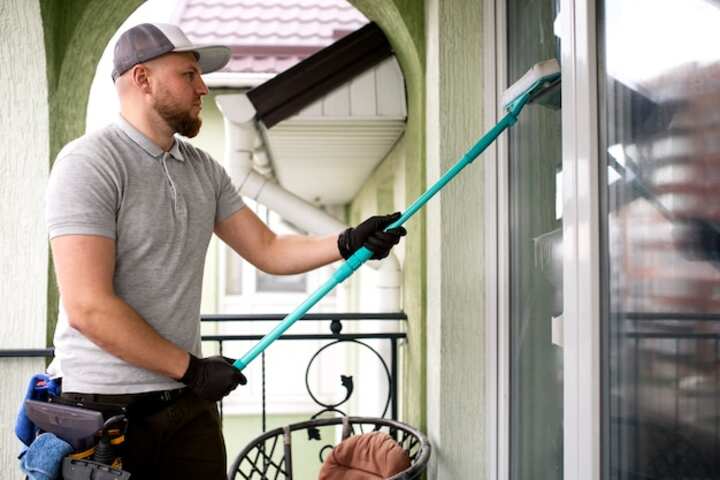
Discover Affordable Vinyl Siding Installation Costs
When it comes to enhancing the exterior of a home, vinyl siding is often a popular choice due to its affordability, durability, and low maintenance requirements. However, understanding the costs associated with vinyl siding installation can be challenging. This article aims to provide a comprehensive overview of the factors that influence these costs, helping homeowners make informed decisions without breaking the bank.
Factors Affecting Vinyl Siding Installation Costs
The cost of installing vinyl siding can vary significantly based on several key factors. Understanding these can aid in estimating a realistic budget for your project.
Type and Quality of Vinyl Siding
Vinyl siding comes in various types and quality levels, each affecting the overall cost:
- Standard Vinyl Siding: Typically, this is the most economical option, offering a balance of durability and affordability.
- Insulated Vinyl Siding: This variant adds a layer of insulation, enhancing energy efficiency but comes at a higher cost.
- Designer Vinyl Siding: Featuring unique textures and colors, this option can mimic other materials like wood, offering aesthetic appeal at a premium price.
Find additional information here on the types of vinyl siding available.
Size of the Project
The size of your home or the area to be covered significantly influences the cost. Larger homes require more materials and labor, increasing the overall expenditure.
Labor Costs
Labor costs can vary based on the complexity of the installation and the region. While some homeowners may opt for a DIY approach to save money, hiring professionals ensures quality and durability.
Geographical Location
The location of the property can also affect installation costs. Areas with a higher cost of living or stricter building codes may incur higher expenses.
Cost-Saving Tips for Vinyl Siding Installation
While vinyl siding is generally an affordable option, there are several strategies to reduce costs further.
Compare Multiple Quotes
Obtaining estimates from multiple contractors can provide a clearer picture of competitive pricing, allowing homeowners to select the best value for their budget.
Opt for Standard Colors and Styles
While custom colors and styles can enhance the visual appeal of a home, they often come with a higher price tag. Choosing standard options can help keep costs down.
Consider Off-Season Installation
Scheduling the installation during off-peak times may result in lower labor costs, as contractors are often more flexible with pricing when demand is lower.
Explore further insights here on how to reduce installation costs.
Long-Term Value of Vinyl Siding
Investing in vinyl siding offers long-term value beyond initial cost savings. Here are some benefits:
Durability and Low Maintenance
Vinyl siding is known for its resilience to weather conditions and requires minimal maintenance, which translates into long-term savings on repairs and upkeep.
Energy Efficiency
Insulated vinyl siding can improve a home's energy efficiency, potentially reducing heating and cooling costs. This can be particularly beneficial in regions with extreme temperatures.
Increased Home Value
Enhancing a home's exterior with vinyl siding can boost curb appeal and resale value, making it a wise investment for those looking to sell in the future.
Learn more in this detailed guide about the long-term benefits of vinyl siding.
Conclusion
Understanding the costs and benefits associated with vinyl siding installation is crucial for homeowners looking to enhance their property's exterior affordably. By considering factors such as material quality, project size, and labor costs, and by employing cost-saving strategies, homeowners can make informed decisions that align with their budget and long-term goals. For more detailed information and guidance on vinyl siding installation, read more about this topic.